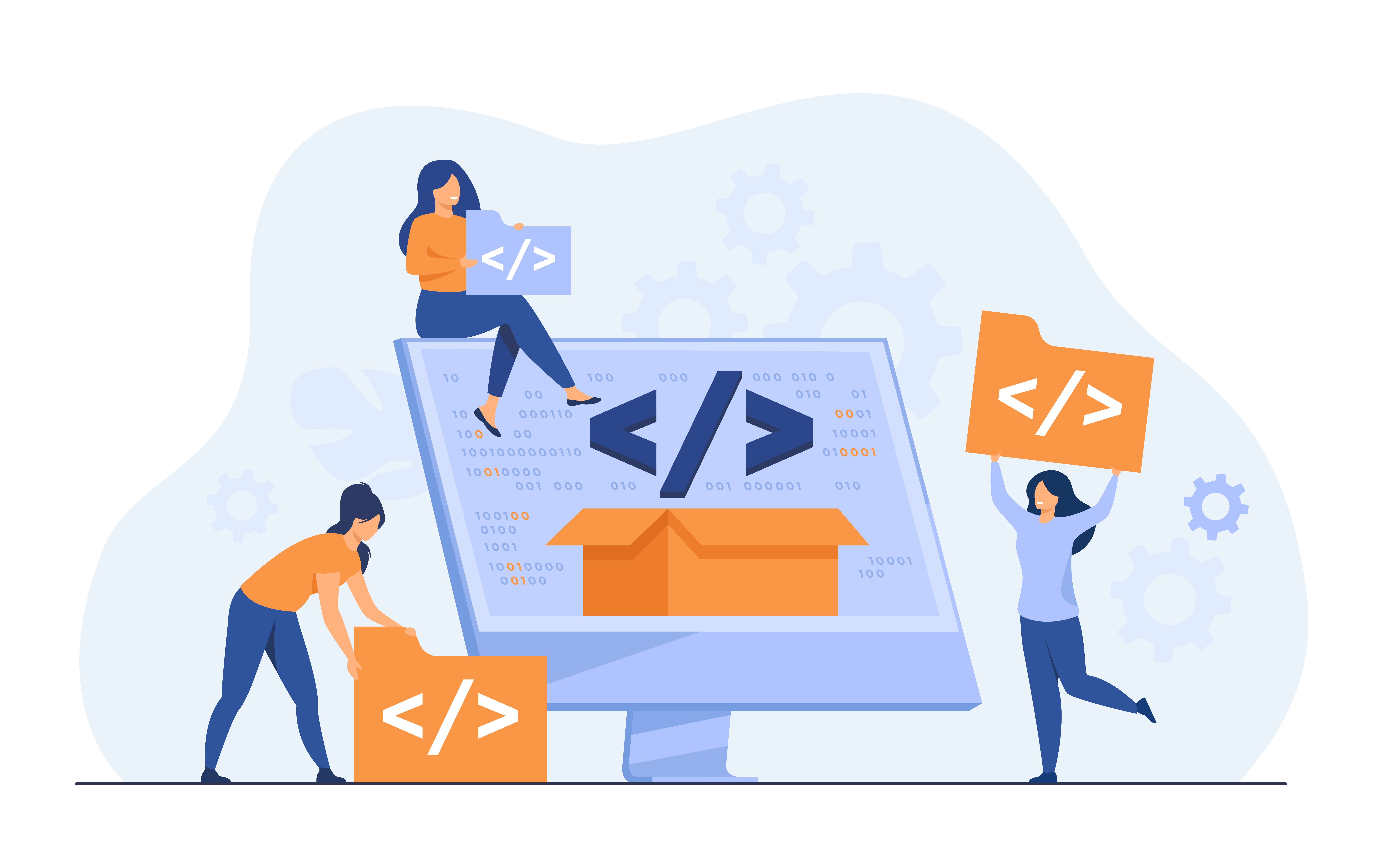Copyright © 2025 Flexhire LLCTerms of Useinfo@flexhire.com
a short breakdown of what SQL and NoSQL databases are, what they're good at, which one to use and pros and cons of both


In a technologically rapidly moving world, companies turn out to be in more needs of managing their data system way much more efficient and considerable, today i'm wiling to write a few lines of what makes the difference between SQL and NoSQL database.
SQL (Structured Query Language) and NoSQL (Not Only SQL) databases represent two fundamentally different approaches to storing and retrieving data, each with its own set of strengths and weaknesses.
SQL databases:
NoSQL databases:
In summary, the choice between SQL and NoSQL databases depends on factors such as the nature of the data, scalability requirements, performance needs, and the complexity of queries. SQL databases offer strong consistency and support for complex queries but may face scalability challenges. NoSQL databases provide flexibility, scalability, and high performance but may sacrifice strong consistency in favor of availability and partition tolerance. Organizations often choose the database technology that best aligns with their specific requirements and use cases.
Payroll Compliance Checklist and Tax Law Guide for 2025
Highlight the critical nature of staying informed on payroll compliance and tax laws for tech companies with a global footprint in 2025.
20+ Best AI Recruiting Software Tools in 2025
Hiring in 2025 is all about speed and structure. Discover the best AI recruiting tools to source faster, screen smarter, and hire without burnout.
How Much Software Engineers Make in 2025?
We will delve into the various factors that influence software engineer salaries in 2025, provide detailed salary breakdowns by region, and explore how remote work is shaping compensation trends.
Payroll Compliance Checklist and Tax Law Guide for 2025
Highlight the critical nature of staying informed on payroll compliance and tax laws for tech companies with a global footprint in 2025.
20+ Best AI Recruiting Software Tools in 2025
Hiring in 2025 is all about speed and structure. Discover the best AI recruiting tools to source faster, screen smarter, and hire without burnout.
How Much Software Engineers Make in 2025?
We will delve into the various factors that influence software engineer salaries in 2025, provide detailed salary breakdowns by region, and explore how remote work is shaping compensation trends.